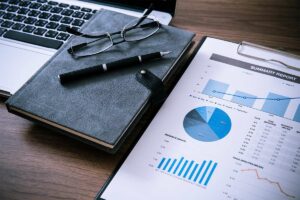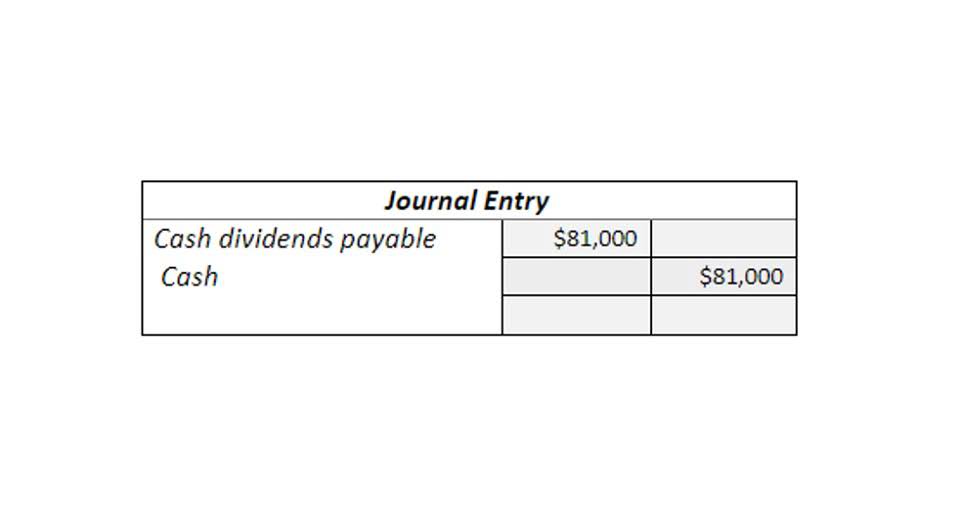
The disclosure required by paragraph 41 may take the form of a narrative or quantified description. The Interpretations Committee also noted that this issue might not only affect the accounting for assets within the scope of IAS 41 but it could also affect the accounting for assets in the scope of other Standards. A financial professional will offer guidance based on the information provided and offer a no-obligation call to better understand your situation. They develop strategies for maintaining profitability and play a critical role in ensuring compliance with industry and regulatory standards. An agricultural accountant manages the financial aspects of agriculture and guides decisions through risk analysis. Moreover, they ensure compliance with changing regulations and serve as strategic advisors for farmers and agribusinesses.

Role in Ensuring Compliance With Industry and Regulatory Standards
Revenue includes sales of crops, livestock, and other products, while expenses encompass costs such as feed, seeds, labor, and utilities. The income statement is vital for tracking profitability trends, which can inform accounting for agriculture pricing, production, and marketing strategies. It also plays a significant role in securing financing, as lenders often review this statement to evaluate a farm’s capacity to generate income and repay loans.
Great! The Financial Professional Will Get Back To You Soon.
- The standard also addresses the situation where the biological assets are physically attached to the land eg trees in a forestry plantation.
- The Board rejected requiring changes in fair value to be included directly in equity since it is difficult to find any conceptual basis for reporting any portion of the changes in fair value of biological assets related to agricultural activity directly in equity.
- Food crop production has surged, with 304,516 metric tons produced, representing 3.1% of the national output.
- Depreciation and amortization distribute the cost of tangible and intangible assets over their lifespan, affecting the farm’s bottom line.
- In the agriculture industry, all accounting must follow the Generally Accepted Accounting Principles (GAAP) guidelines to avoid the aforementioned fees, fines, and criminal charges.
All other biological assets related to agricultural activity will remain under the fair value model in IAS 41, including bearer animals. IAS 41 applies to biological assets with the exception of bearer plants, agricultural produce at the point of harvest, and government grants related to these biological assets. It does not apply to land related to agricultural activity, intangible assets related to agricultural activity, government grants related to bearer plants, and bearer plants. Mr Finnegan and Ms McConnell accept the view that the use of fair value for bearer assets makes the analysis of profit or loss and financial position more difficult. At the same time, they note that price volatility is an indicator of risk, and risk assessment is part of an analyst’s job. Mr Finnegan and Ms McConnell note that sound financial statement analysis will always adjust reported profit or loss and financial position for the effects of unusual or non-recurring changes in reported information.
- For example, a dairy farm receiving subsidies for adopting sustainable practices would recognise this support as income, helping offset some costs.
- IAS 41 does not specify the accounting for subsequent expenditure for biological assets measured at fair value less costs to sell.
- By contrast, in the case of an annual crop of wheat, for example, when the cultivated plants would typically have a useful life that does not extend beyond the next year end date, the introduction of the fair value model should not have such a major impact.
- In the Kyrgyz Republic, the Additional Financing to the Integrated Dairy Productivity Improvement Project is improving productivity through better technologies and breeds of dairy animals rather than increasing their numbers.
- By understanding both the accounting and agricultural worlds, they serve as indispensable partners in maintaining the profitability and sustainability of farms and other agricultural businesses.
- Contract prices are not necessarily relevant in determining fair value, because fair value reflects the current market in which a willing buyer and seller would enter into a transaction.
Hey, Did We Answer Your Financial Question?
Referring to the forestry example above, the difference in fair value of the plantation between the two year end dates is 800 (4,500 – 3,700), which will be reported as a gain in the statement or profit or loss (regardless of the fact that it has not yet been realised). The gross carrying amount and the accumulated https://www.bookstime.com/ depreciation (aggregated with accumulated impairment losses) at the beginning and end of the period. Harvest is the detachment of produce from a biological asset or the cessation of a biological asset’s life processes. Has a remote likelihood of being sold as agricultural produce, except for incidental scrap sales.
Is there any other context you can provide?
Financial instruments like futures contracts can be used to hedge against price volatility, and these require careful accounting to ensure they are properly reflected in financial statements. Agriculture, as a cornerstone of the global economy, is not just about planting seeds and harvesting crops; it’s also about managing finances with precision. The complexity of agricultural operations necessitates an accounting system that can handle unique challenges such as commodity price fluctuations, biological asset management, and seasonal production cycles. If the government grant is conditional, including when a government grant requires an entity not to engage in specified agricultural activity, the grant is recognised when the conditions are met.
- The volume of loans granted by partner financial institutions reached $5.02 million, exceeding the original target of $4.38 million.
- However, a deep understanding of agriculture, either through additional coursework or hands-on experience, is equally crucial.
- Annual Improvements to IFRS Standards 2018–2020, issued in May 2020, amended paragraph 22.
- They also argue that failure to deduct estimated point‑of‑sale costs could result in a loss being deferred until a sale occurs.
- In Lebanon, a project ($150 million) has been financing wheat imports that supports universal access to affordable Arabic bread for over a year to 5.36 million people living in Lebanon, of which 1 million are Syrian, Palestinian, and other refugees.
- A farmer can determine allocated costs under the uniform capitalization rules by using either the farm-price or the unit-livestock-price inventory method.
Outsourcing Accounting Can Be a Farmer’s Friend
Evidence shows relatively high revenues for farmers investing in greenhouse technology, with revenues increasing up to 15 times for vegetable growers. Some believe that there is no need to capitalise subsequent expenditure in a fair value model and that all subsequent expenditure should be recognised as an expense. Some also argue that it would sometimes be difficult to prescribe which costs should be recognised as expenses and which costs should be capitalised; for example, in the case of vet fees paid for delivering a calf. The Board decided not to explicitly prescribe the accounting for subsequent expenditure related to biological assets in the Standard, because it believes to do so is unnecessary with a fair value measurement approach. If an entity has previously measured a biological asset at its fair value less estimated point‑of‑sale costs, the Standard requires that the entity should continue to measure the biological asset at its fair value less estimated point‑of‑sale costs until disposal.
